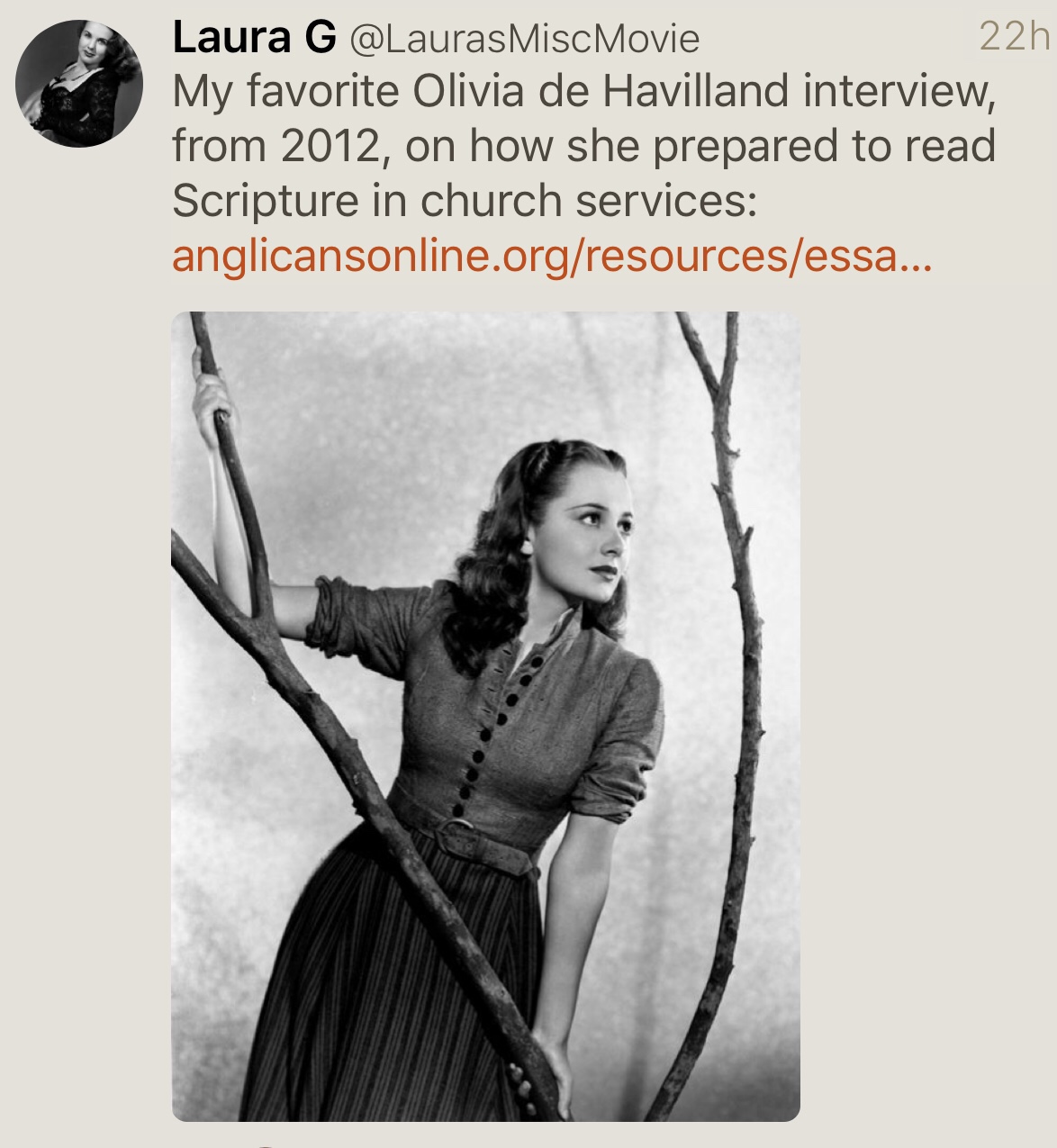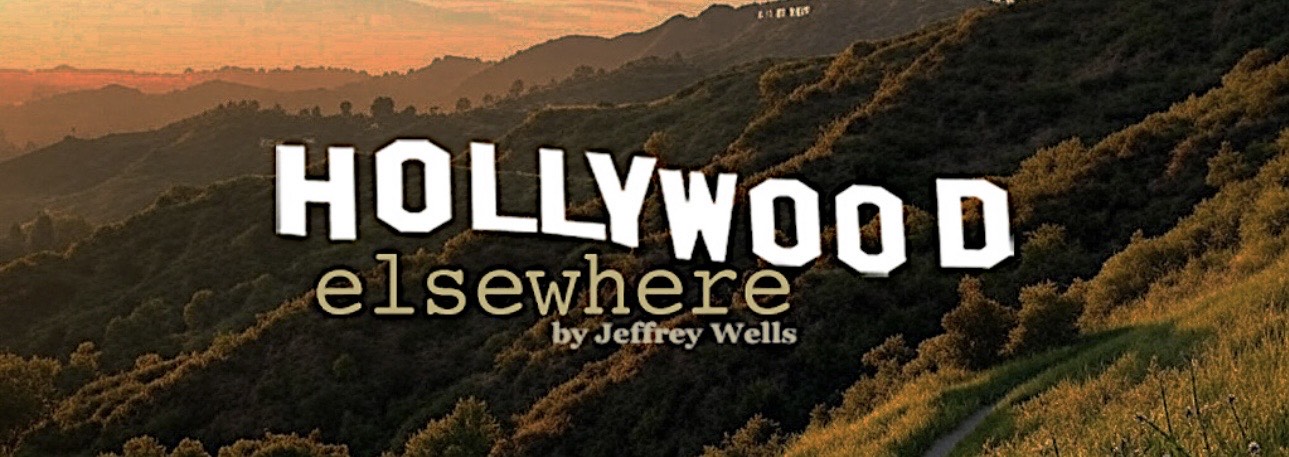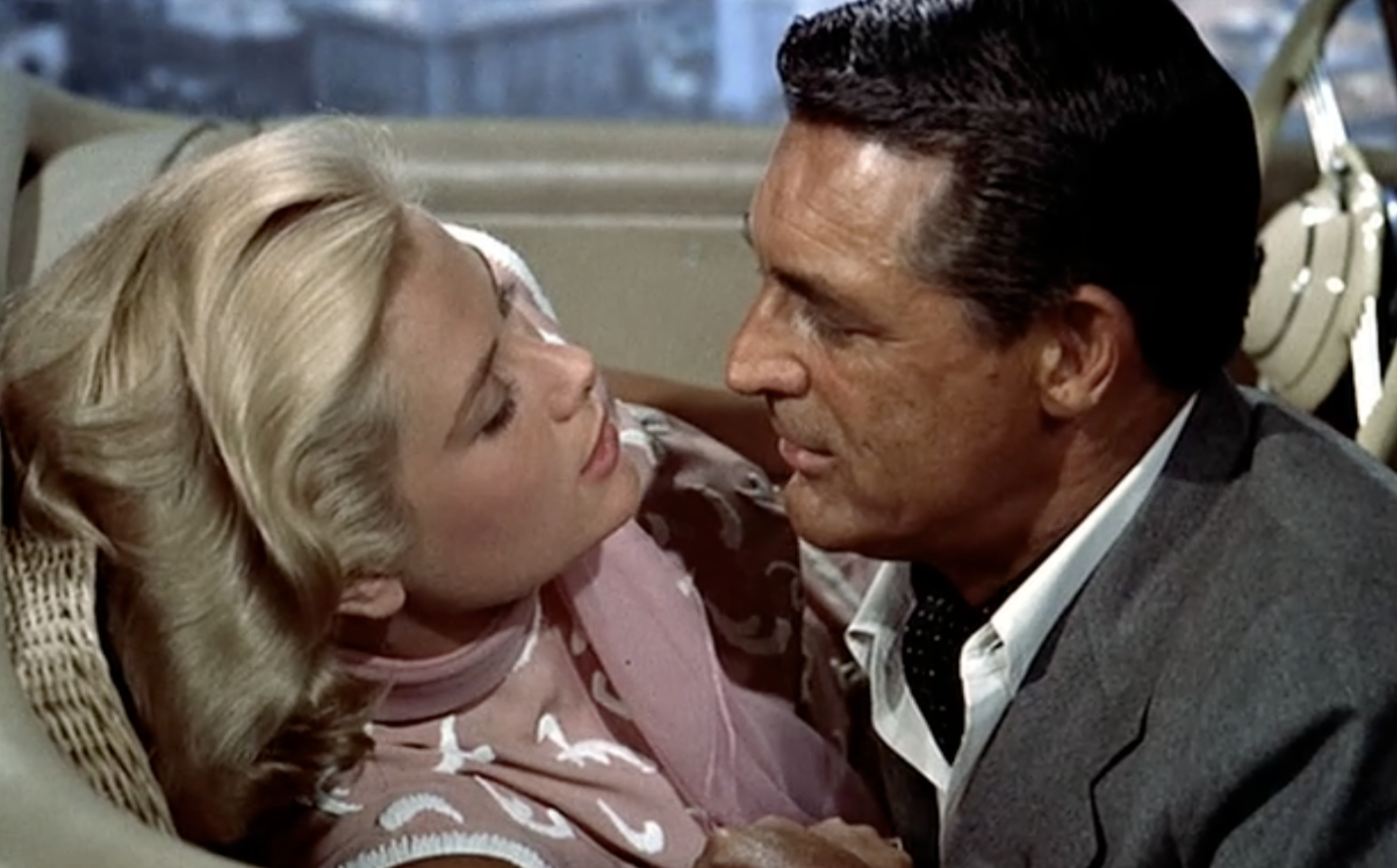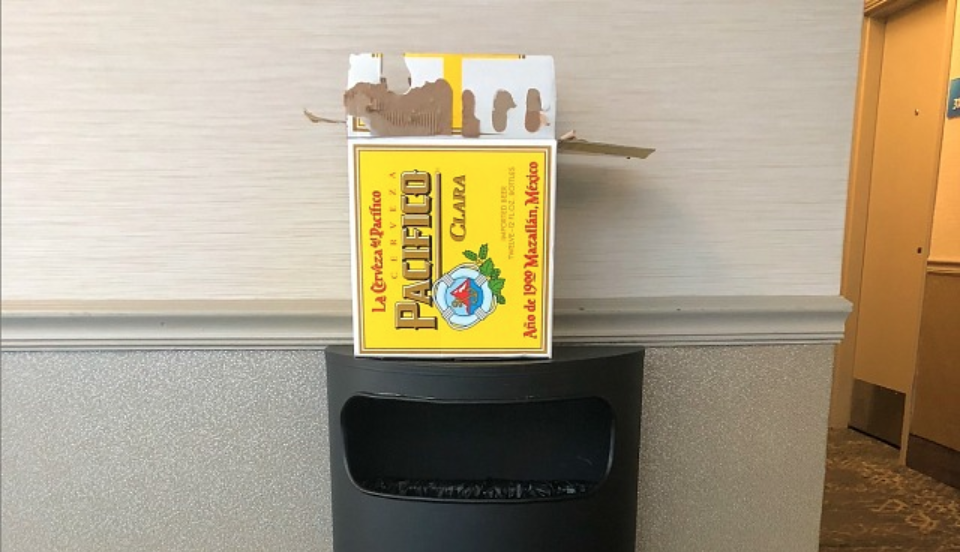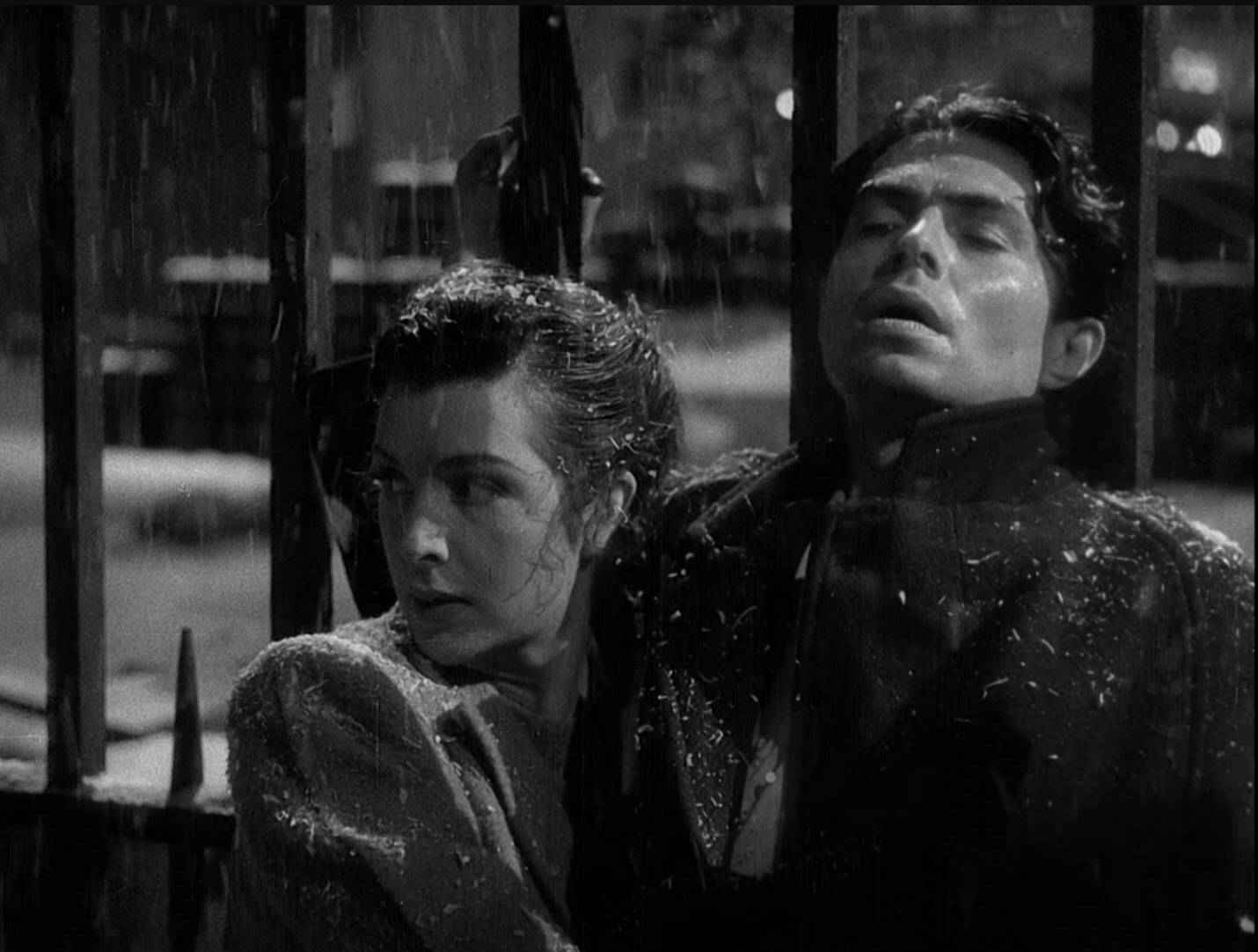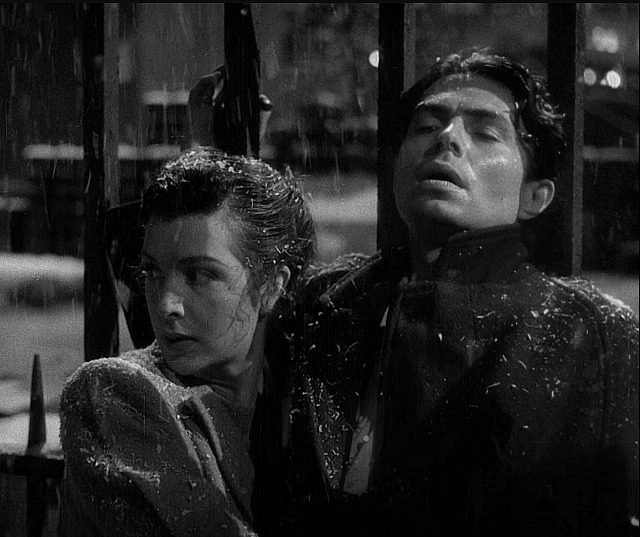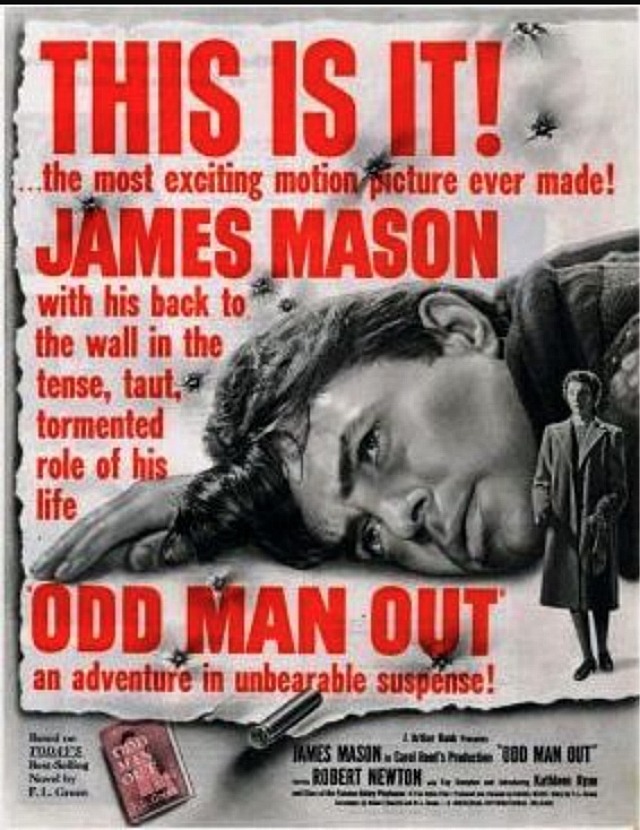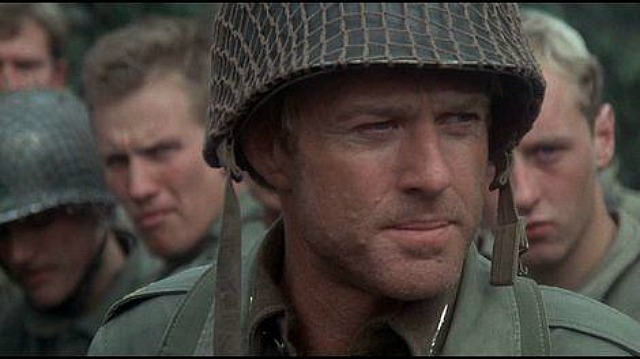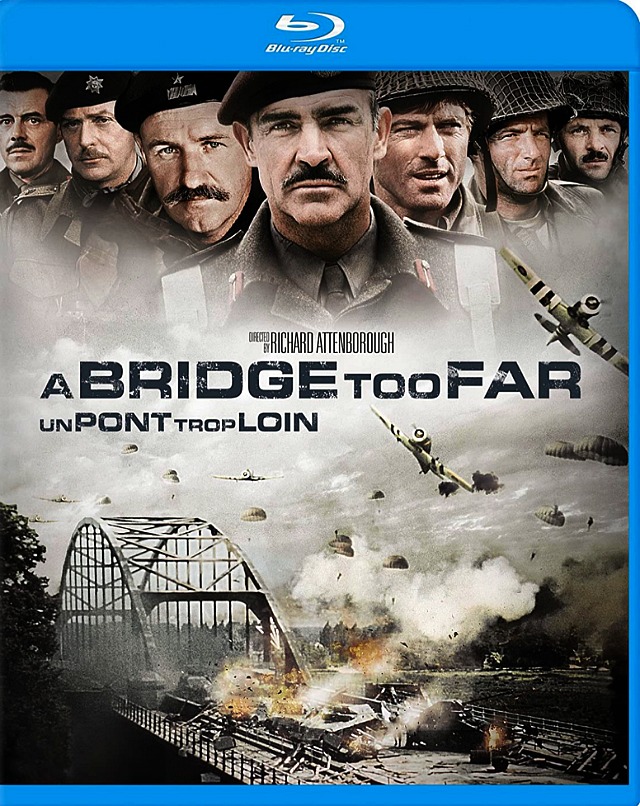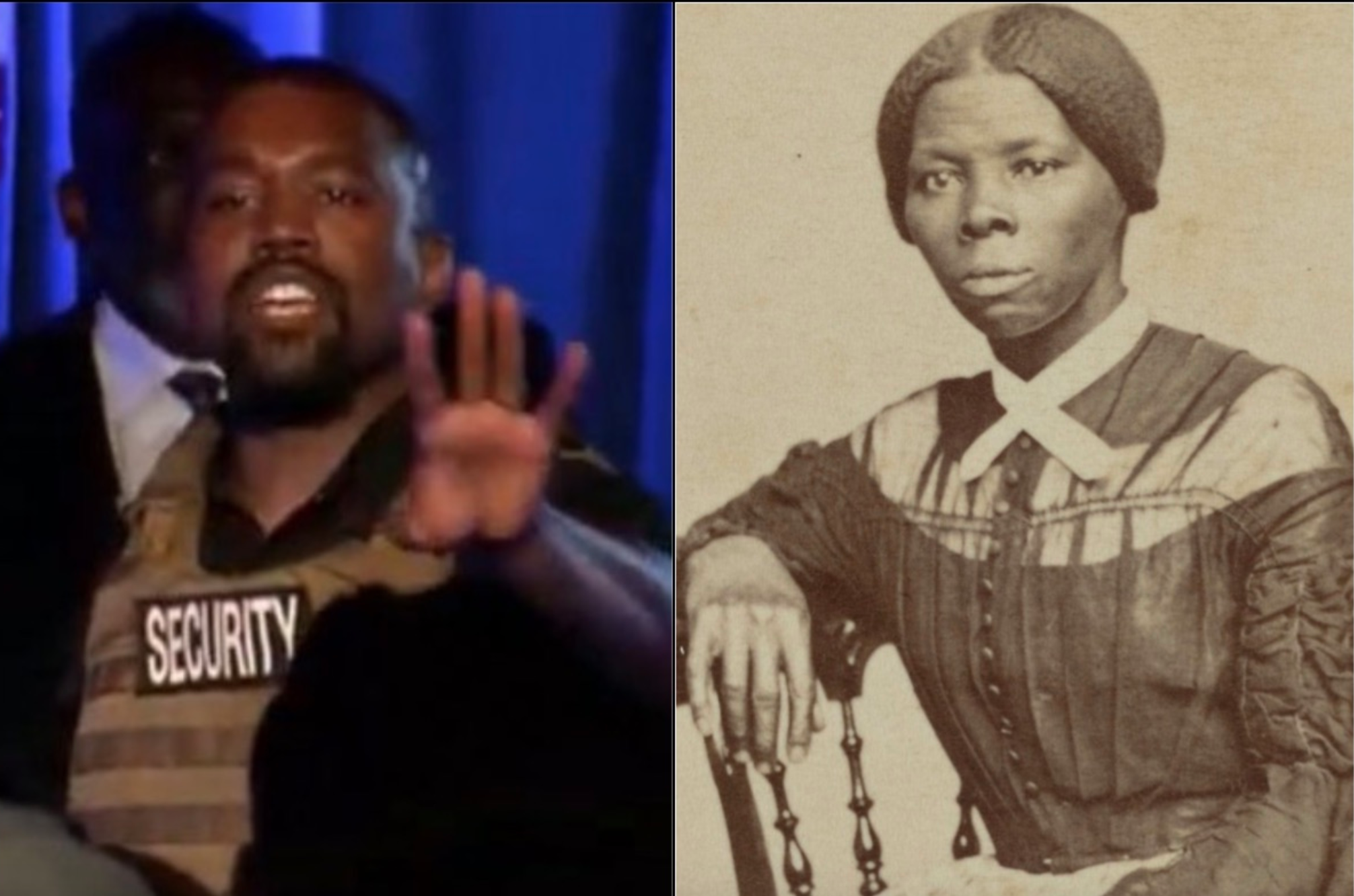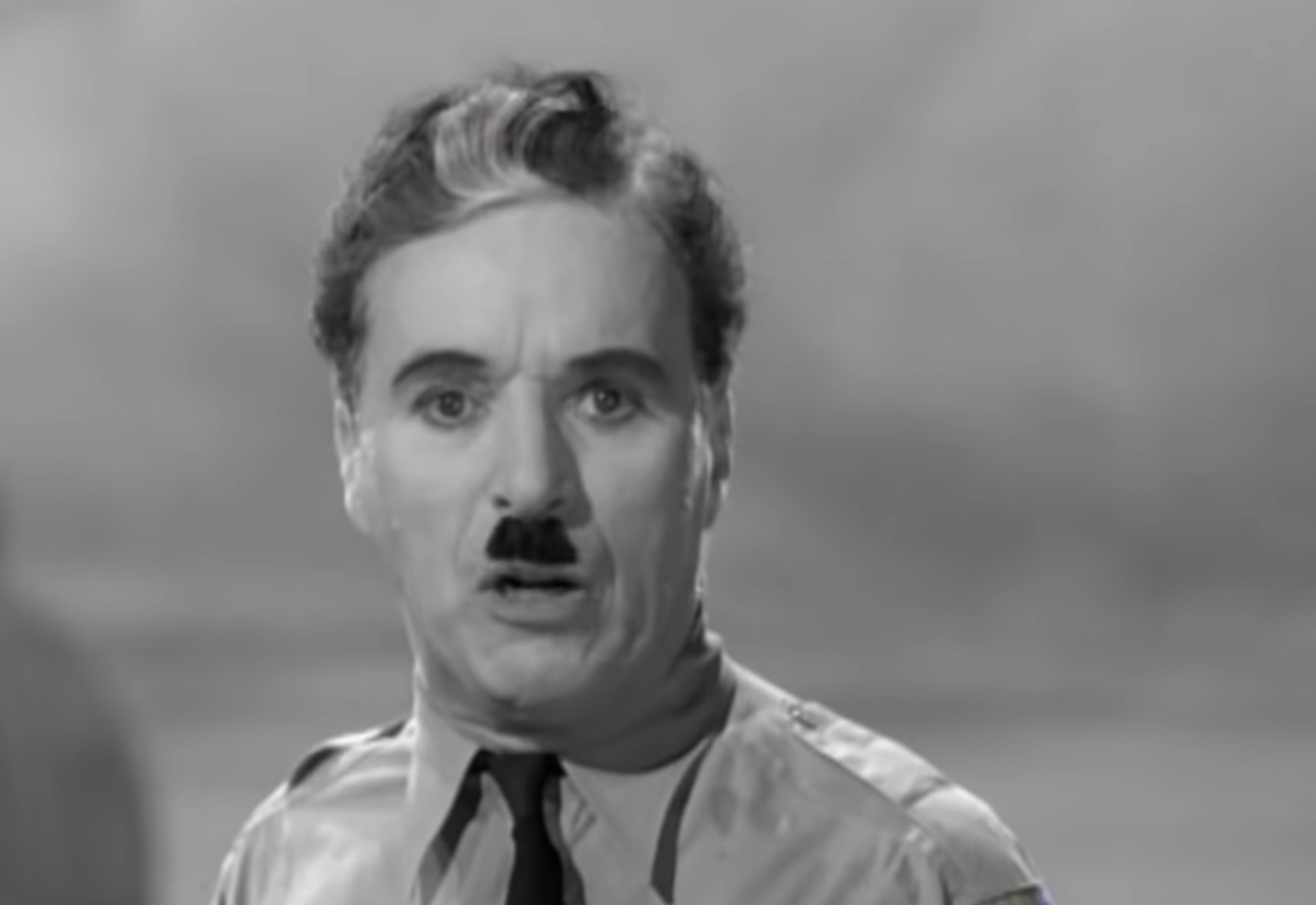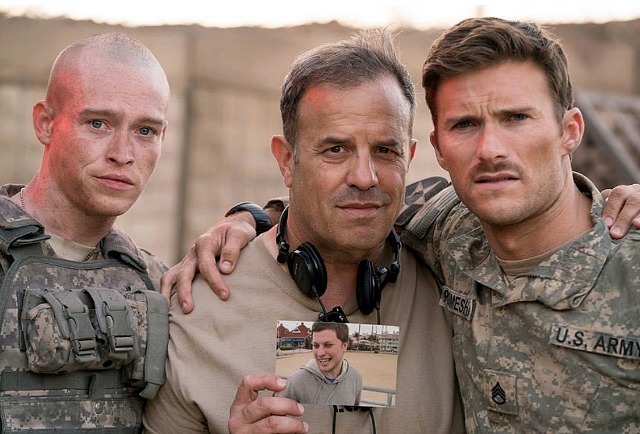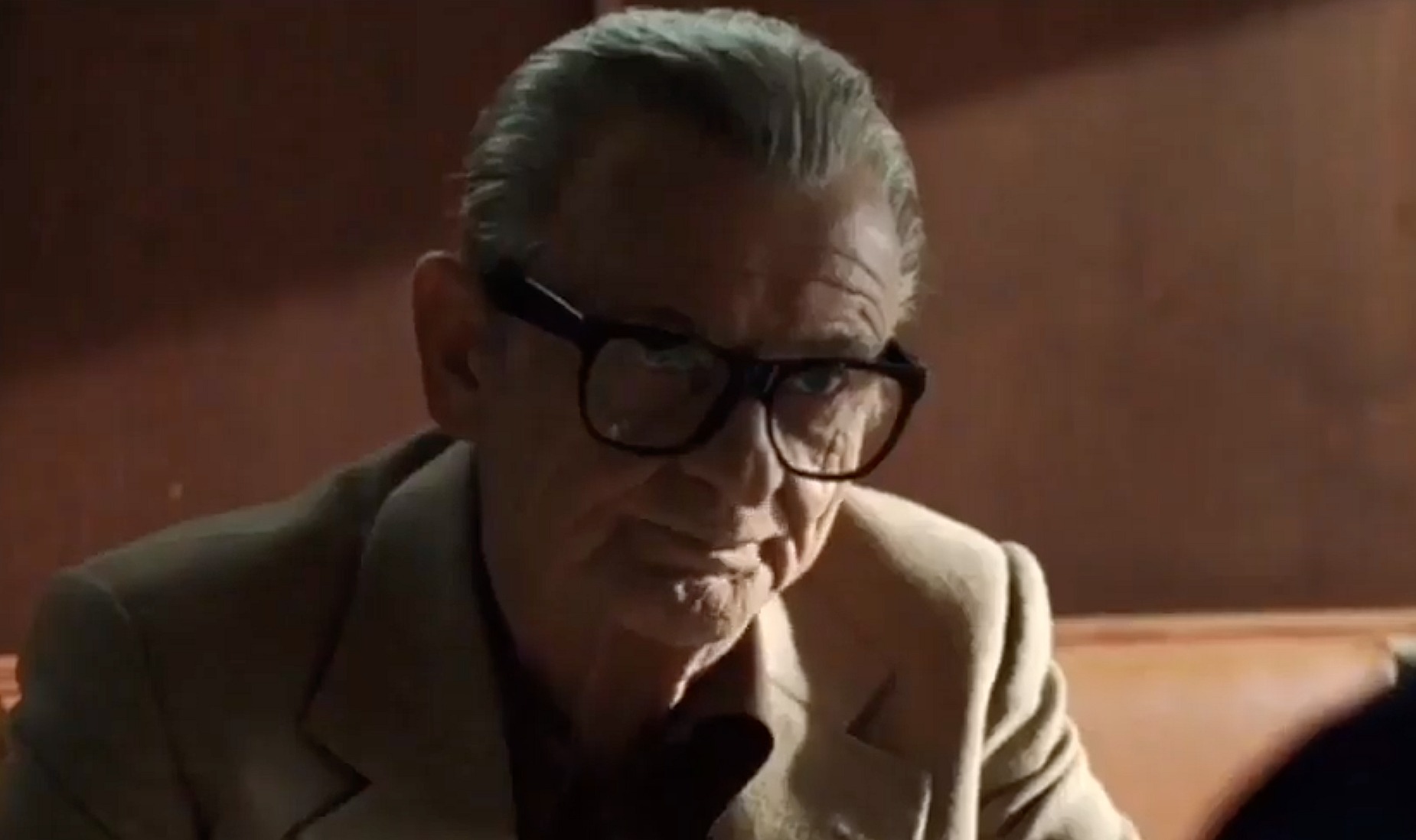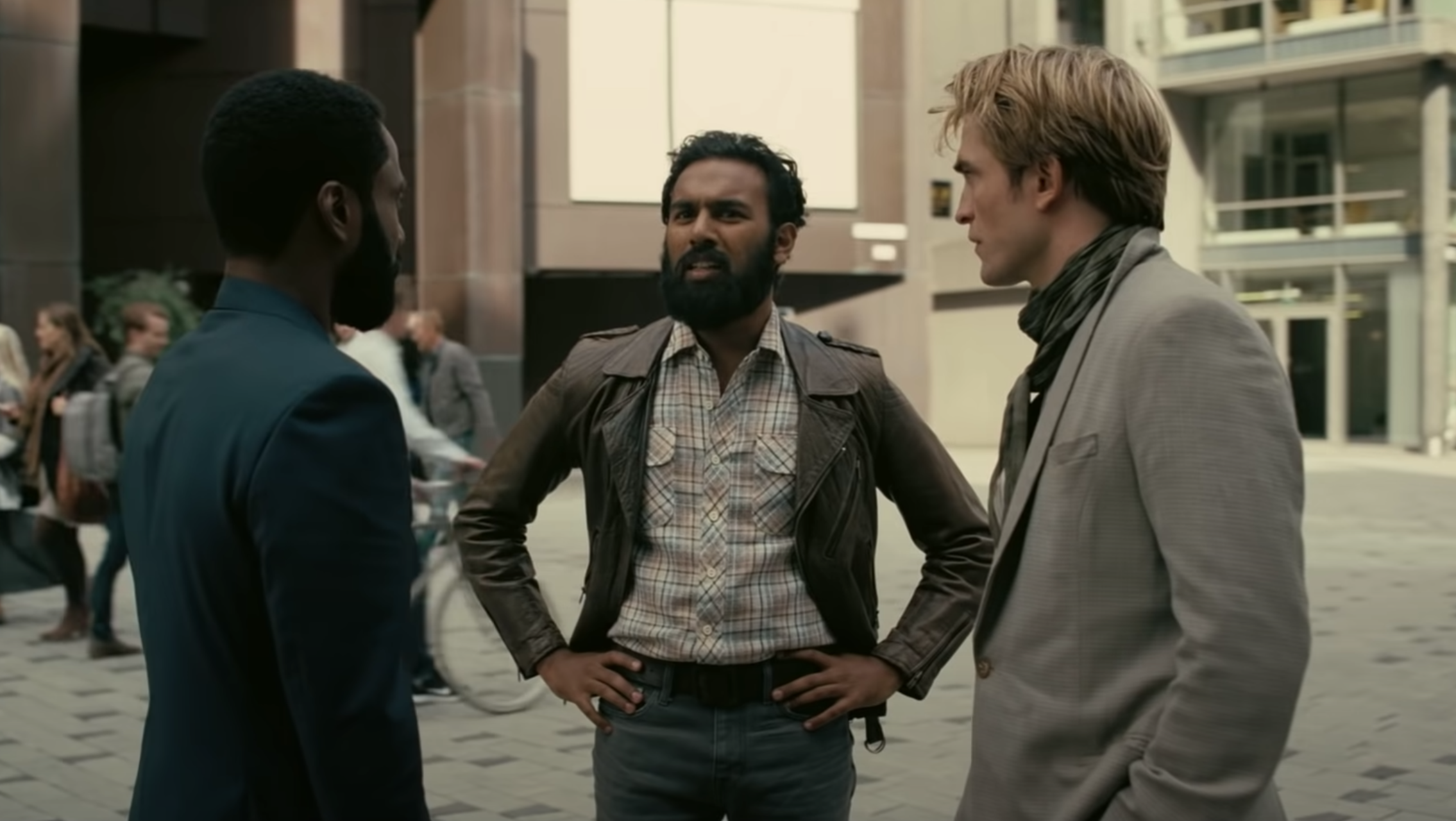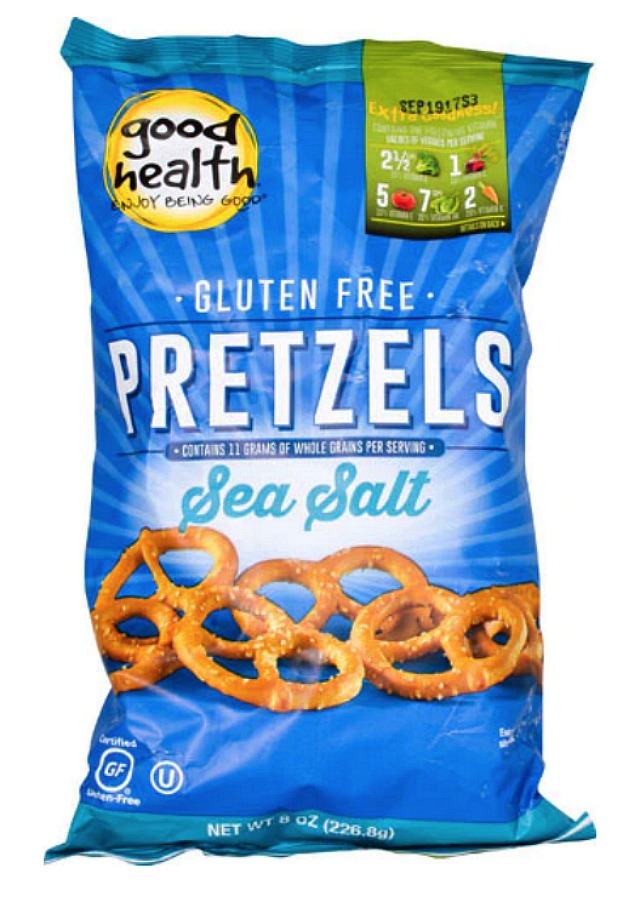Posted from lounge chair on outdoor patio in 94-degree heat, and with shitty wifi to boot:
Four essential performances were given by the late, great Olivia de Havilland: (a) Maid Marian in Michael Curtiz’s Robin Hood (‘37) , (b) Melanie Wilkes in Gone With The Wind (‘39), (c) the disturbed victim in Anatole Litvak’s The Snake Pit (‘48). and (d) the vaguely gullible woman-of-means in William Wyler’s The Heiress (‘49).
There were other sturdy performances, but these four were the keepers. Have I seen every noteworthy Olivia de Havilland performance? No. The truth is that I found her virtuousness (which was always a central eiement) deflating and…I’ll leave it at that.

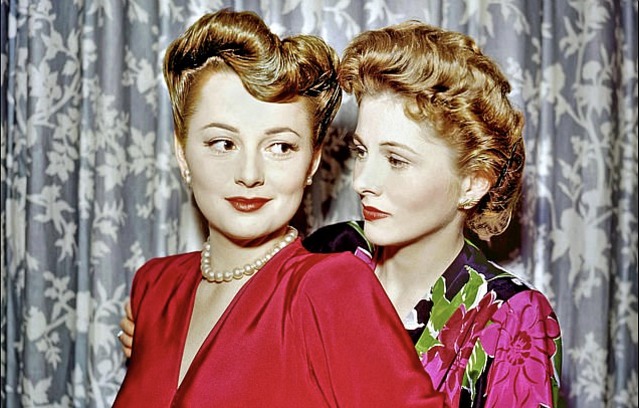
Olivia de Havilland, Joan Fontaine.
She was a fine, classy, top-tier thesp, for sure, but I gradually chose to regard OdH as more of a maidly vibe or a classic chastity brand than an actress for all moods and seasons — the intrepid woman of Paris, pushing on, the never-say-die trooper, sometimes riding her bicycle and occasionally speaking with THR’s Scott Feinberg.
This may sound like a putdown, but she never conveyed even the faintest hint of eroticism…not the slightest sniff. This is what almost all leading actors and actresses do, after all — they invite you to sense the aroma. Nor could you imagine her sister, Joan Fontaine, succumbing to any such impulse. Okay, perhaps Joan occasionally thought about intimacy but that’s all. My sense is that Olivia, by the measure of her screen performances, never even did that.
OdH passed this morning (or last night) at age 104. Sweet dreams, gentle waters.
Regis Philbin, John Saxon, Olivia de Havilland — the trilogy is complete.
